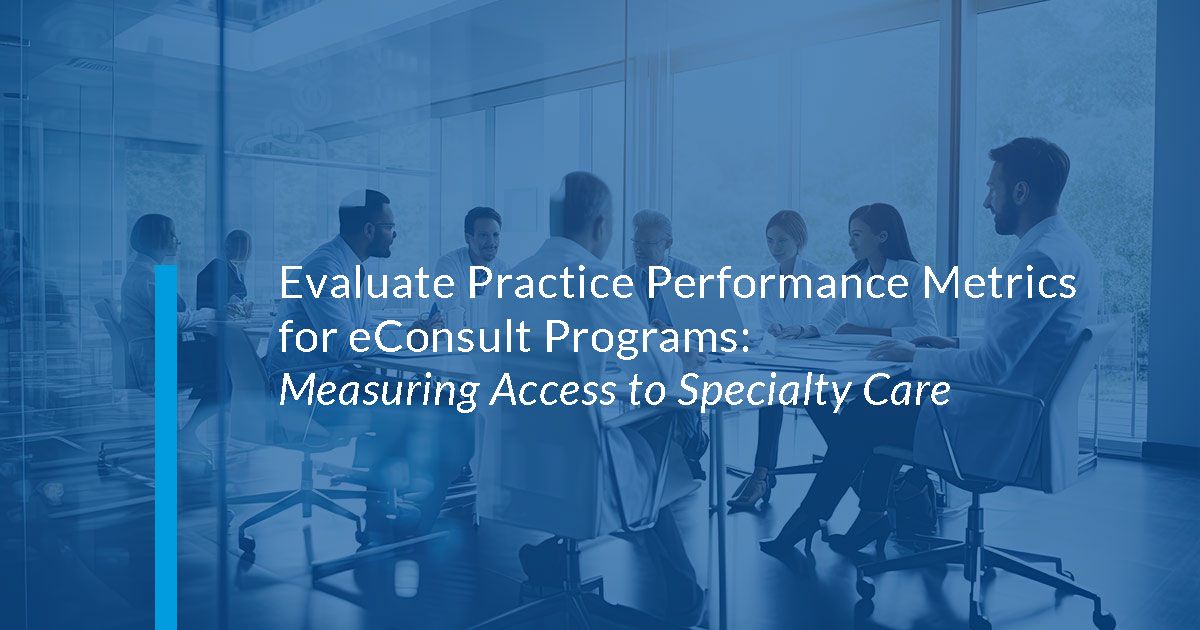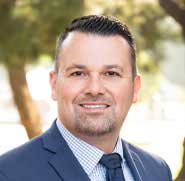Measuring Practice Success and Patient Care:
Access to Specialty Care
Eric Urquiza, Sr. Vice President of Operations & Client Experience at AristaMD
With considerable time and effort at risk practices, identify patients at high risk of serious health events. We want to use the same information to develop an eConsult strategy. Consider which specialties have long wait times; higher costs; address conditions easily managed in the primary care setting; and avoid face-to-face specialist visits. Using eConsults in these situations will drive cost savings, improve patient outcomes, and decrease the risk of ED use, a costly alternative to a specialty visit, unscheduled or canceled specialty care appointments and those boomerang appointments back to the primary care setting. Increasing access to specialty care is the goal.
Together, we can track and communicate which specialties are most needed by the patients you serve, likely to improve patient outcomes, and which are appropriate for e-consult and valuable to your practice.

Evaluate Practice Performance Metrics for eConsult Programs:
Measuring Patient Access to Specialty Care
With considerable time and effort, at-risk practices identify patients at high risk of serious health events. We want to use this same information to develop an eConsult strategy.
- ED use – a costly alternative to a specialist visit.
- Unscheduled or canceled specialty care appointments.
- Boomerang appointments to primary care.
Increasing access to specialty care is the goal. Together, we can track and communicate which specialties are most:
- Needed by the patients you serve
- Likely to improve outcomes
- Appropriate for eConsult
- Valuable to your practice
Identify Specialties with Long Appointment Wait Times
There are many reasons why patients must wait too long to get an appointment with a specialist.
- Not all specialists accept Medicare and Medicaid.
- Doctors in many specialty areas are unevenly distributed across the country.
- Patient referrals are often scheduled by the urgency of the condition.
- Current patients are prioritized for appointments.
Merritt Hawkins reports that the nationwide average wait time to see an orthopedic surgeon is relatively short – just 16.9 days. However, looking at the average can be misleading.
- This average is a 48% increase when compared to 2017
- Getting an appointment with an orthopedist varies tremendously by location – San Diego averages 55 days!
Several factors impact appointment wait times. Not all specialists accept Medicare and Medicaid. Specialists are often clustered in metropolitan areas and unevenly distributed across the county.
Patient’s are less likely to schedule and attend a specialist appointment:
- When the wait time is extended.
- Travel distance to the specialist is significant.
- Cost of the appointment is high — the patient has high-deductible insurance, or the specialist is out-of-network.

Eric Urquiza
Sr. Vice President of Operations & Client Experience at AristaMD
Eric has 20 years of experience driving transformational healthcare IT programs, advancing patient care, improving access and outcomes for patients through technological solutions. He has been successful in leading many strategic client relationships and increasing provider adoption of telehealth solutions, ultimately leading to strong efficacy for underserved populations throughout the country. Eric holds a Master of Business Administration from the University of Redlands.
